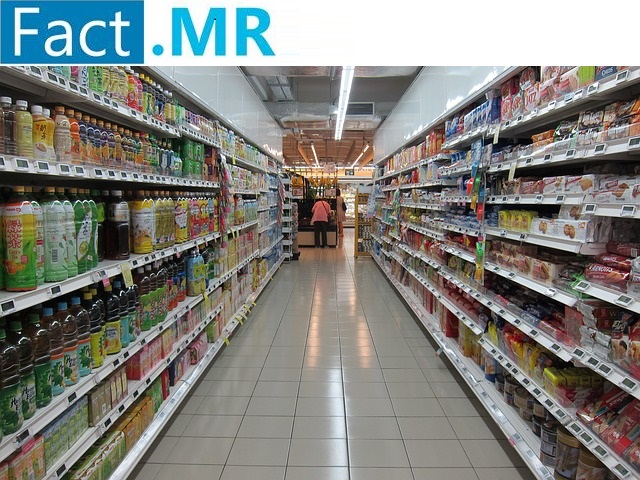In a recent business intelligence study, FactMR presents the nitty-gritty of the global anti-fatigue mats market considering 2014-2018 as the historic year and 2019–2029 as the stipulated timeframe. The business report highlights the drivers, restraints, opportunities and trends affecting anti-fatigue mats market growth. Further, all the market shares associated with the market as well as the segments are expressed in terms of value and volume.
The anti-fatigue mats market study outlines the key regions – Latin America, North America, MEA, Europe and APEJ – along with the countries contributing the most in the respective regions. Growing adoption of the active office culture in various countries has driven the applications of the anti-fatigue mats in commercial settings, which is highly likely to emerge as a lucrative sector to tap in the years to come. As the health and wellness trend continues to shape consumer lifestyle- both professional and personal, demand for safer and convenience-driven infrastructure is picking pace. Innovation-led product diversification will remain the key growth determinant for stakeholders that are targeting a wider pool of customers.
The Spotlight is still on the Developing Regions
Though European and North American markets have already reached maturity, and collectively account for over half of the global market volume, penetration of advanced technology is likely to bring waves of change in the years to come. High cost of healthcare in the developed nations has driven the consumers towards adopting a healthy lifestyle, and in a bid to stay healthy and avoid treatment costs, they are increasingly spending on ergonomic offerings available on the market. However, it is pertinent to note that as an increased number of manufacturing industries and commercial firms are leveraging automation in developed region, the requirement for employees and thereby, their safety products is envisaged to witness a dip.
Extensive applications of anti-fatigue mats made of various materials, such as foam rubber, hard rubber, and gel have been fueling the growth of the market. As per the study, traction for hard rubber based variants has been creating highest revenues for the market, and is likely to account for more than half of the market volume share in 2019. The anti-fatigue mats composed of hard rubber has been appeal customers with the pricing advantage it offers over counterparts.
Request for a Sample Report – https://www.factmr.com/connectus/sample?flag=S&rep_id=3487
The FactMR study indicates that sales of anti-fatigue mats rely significantly on their surface compatibility. Sales of anti-fatigue mats with high compatibility for dry surface reached 1.3 thousand units in 2018, and are likely to grow at a steady pace in the forthcoming years. Extensive applications for standard, and more than 60 feet long anti-fatigue mats particularly in industrial settings will substantially drive the growth prospects for the manufacturers.




